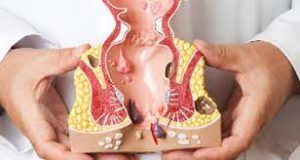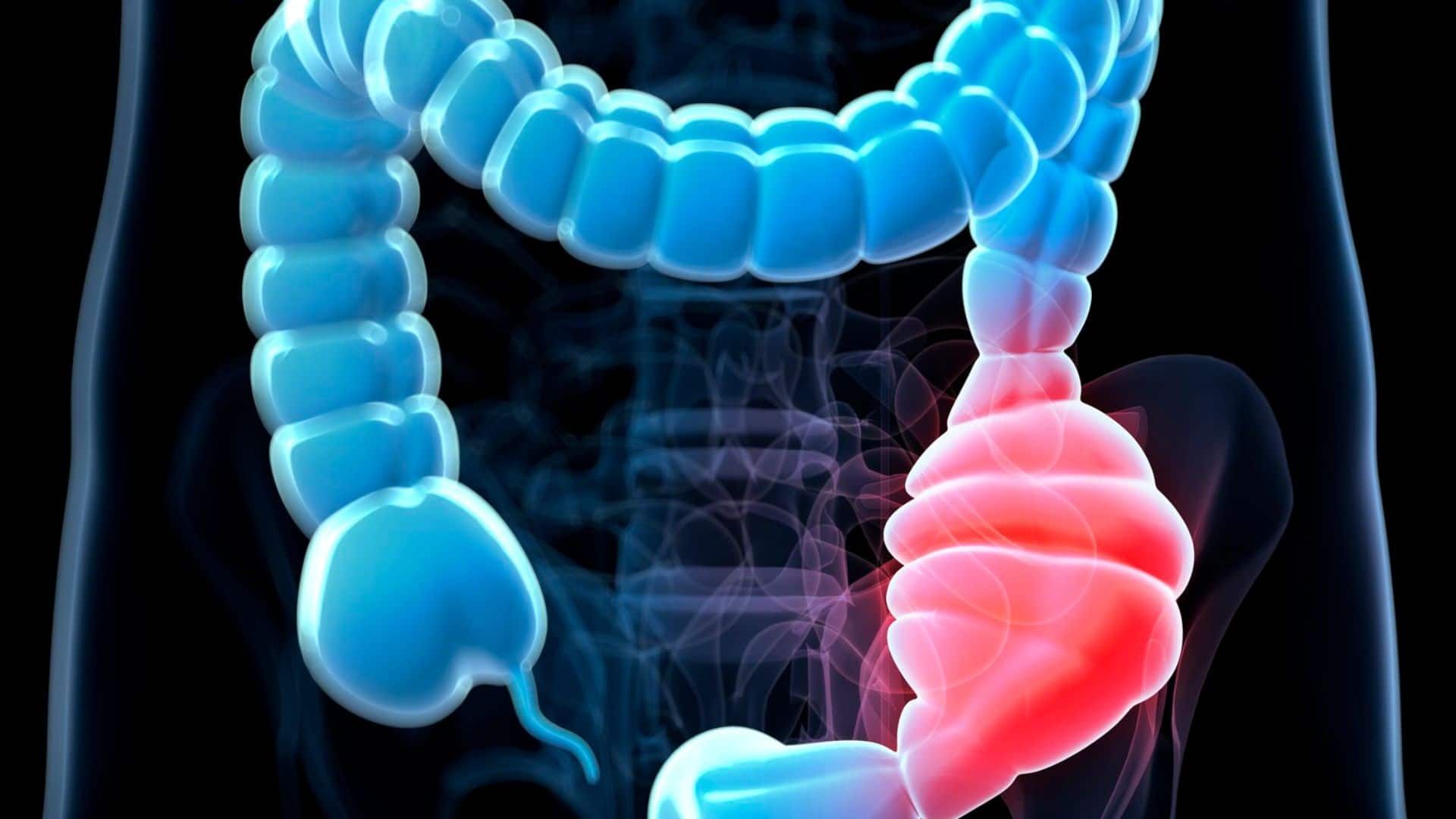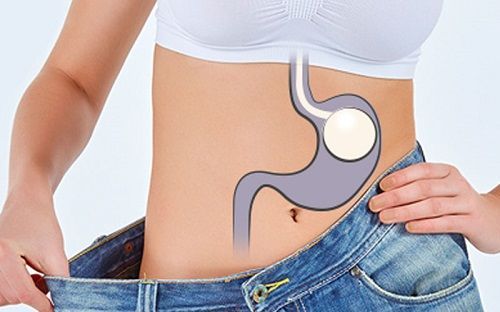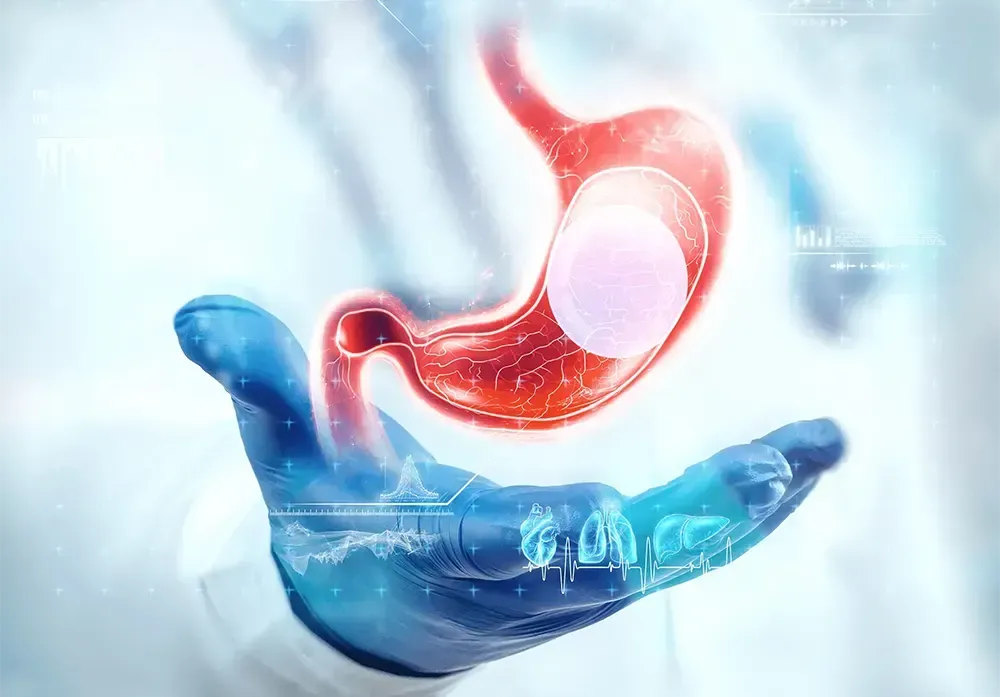External Hemorrhoids: Causes, Symptoms, Hemorrhoid Treatment, and More

You’ve probably heard of hemorrhoids, also called piles. They are inflamed veins that cause lumps around your anus, and they can be quite painful. You also may or may not be aware of all of the hemorrhoid treatments available. Let’s take a look.
Hemorrhoids can be internal or external, and it’s possible to have both types at the same time.
- External hemorrhoids occur under the skin surrounding your anus.
- Internal hemorrhoids happen inside your anus and rectum.
Both types often go away on their own, but sometimes require medical intervention.
Hemorrhoids are common, affecting about 1 in 20 people in the United States overall and about half of people over age 50, according to the National Institute of Diabetes and Digestive and Kidney Diseases (NIDDK).
They also tend to happen more often in certain people, including pregnant people and those who frequently strain while pooping.
What causes external hemorrhoids?
External hemorrhoids are when one or more tender bumps form beneath the skin surrounding your anus. These are dilated blood vessels that have become so enlarged that they protrude.
Blood may clot, or thrombose, inside the protruding blood vessel. This can form a hard lump and cause considerable pain in some cases.
External and internal hemorrhoids are caused by many of the same factors. These include:
- Straining while pooping. The most common cause of external hemorrhoids is repeated straining while having a bowel movement. This is often caused by severe cases of constipation or diarrhea. Straining makes blood pool in the area.
- Sitting on the toilet for a long time. This can also put pressure on the tissues around your rectum and anus.
- Weakened support tissues. As you age, the tissues tend to weaken around the anus and rectum.
- Pregnancy. Pregnant people may also be at an increased risk of hemorrhoids because of the increased pressure of the abdomen on these veins.
- Obesity. Having excess weight has been associated with having hemorrhoids.
- Heavy lifting. You may have a higher risk of hemorrhoids if you frequently lift heavy objects.
- Not eating enough fiber. A low fiber diet may lead to constipation, which can cause hemorrhoids.
Recognizing the symptoms of external hemorrhoids
A range of symptoms can affect a person with external hemorrhoids. Symptoms vary depending on the severity. Some of the symptoms that you may have include:
- one or more tender, blue-colored lumps on the skin near the opening of the anus
- itching around the anus or rectal area
- aching or pain around your anus, particularly within 24 to 48 hours of onset and when you’re sitting down
You may notice bleeding when you’re using the toilet. This includes seeing blood on toilet paper or in the toilet. Lumps around the anus may feel as if they are swollen. Larger external hemorrhoids may make it difficult to keep the anal area clean.
These symptoms may also occur because of other conditions. If you experience them, you should schedule an exam with your doctor.
Symptoms of external hemorrhoids may go away after a few days, according to the NIDDK. The body usually gradually reabsorbs the hemorrhoid over time.
Who is at risk of external hemorrhoids?
If your parents have had hemorrhoids, you may be more likely to have them as well. Hemorrhoids may also be more likely to happen during pregnancy.
As we age, hemorrhoids can occur due to increased pressure caused by sitting a lot. And anything that causes you to strain during bowel movements can lead to external hemorrhoids.
A healthcare professional may be able to help you determine the cause of your hemorrhoids.
How are external hemorrhoids diagnosed?
To diagnose external hemorrhoids, a doctor will ask about your health history and symptoms. They will also likely do a physical exam.
In the case of external hemorrhoids, they will generally be able to see the hemorrhoids by examining the area around your anus.
They may also perform a digital rectum exam and anoscopy to check for issues inside your anal canal and rectum, including internal hemorrhoids.
During a digital rectal exam, your doctor will insert their gloved, lubricated finger into your anus. They’ll be able to feel abnormalities inside.
During an anoscopy, the doctor will insert a device called an anoscope into your rectum that allows them to see abnormalities.
If you also have rectal bleeding, your doctor will likely request that you get a sigmoidoscopy or colonoscopy to rule out colorectal cancer. These methods will also detect any internal hemorrhoids.
Treating external hemorrhoids
In most cases, people treat external hemorrhoids at home and they go away on their own.
They typically don’t require medical treatment unless they’re causing you a lot of pain or are very enlarged, according to experts.
If you’re experiencing pain, your doctor may recommend using over-the-counter (OTC) pain relief medications, such as ibuprofen, acetylsalicylic acid (ASA), or acetaminophen.
Home remedies
You can use at-home treatments to help with hemorrhoids.
Here are a few safe at-home remedies for hemorrhoids to try:
- Cold compress. Wrap ice in a cloth and apply it to the hemorrhoid for periods of no more than 15 minutes at a time. This can significantly reduce swelling and pain.
- Sitz bath. This is essentially soaking your bottom in warm water. Some people use a small tub designed to fit over your toilet, which you can fill with a couple of inches of warm water and sit in several times a day to help sooth hemorrhoids. Some people add unscented Epsom salts to the water.
- Topical ointments or wipes. Some people use ointments or soothing wipes made with naturally derived ingredients, such as witch hazel and aloe vera, to help reduce hemorrhoid swelling and pain. However, many of these products need more research on their effectiveness.
- OTC creams. Preparation H and other OTC topical medications may also help.
Contact a healthcare professional if you’re experiencing a lot of pain, if symptoms haven’t gone away after 1 week of treatment at home, or if you’re experiencing bleeding from your rectum.
Medical treatments
If you have a more severe case of external hemorrhoids, your doctor or gastroenterologist may suggest a surgical procedure called a hemorrhoidectomy. This is the removal of an external hemorrhoid using a laser, scalpel, or cautery device.
Your healthcare professional will likely use a local anesthetic for this procedure, depending on the situation and your needs.
If you have internal hemorrhoids, healthcare professionals may use additional or different methods for surgical treatment.
Healthcare professionals will sometimes recommend prescription medications for external hemorrhoids. These include:
- topical nitroglycerin — 0.4% ointment
- topical nifedipine
- an injection of botulinum toxin (Botox) into the anal sphincter
How can I prevent external hemorrhoids from developing?
Here are some steps you can take to prevent hemorrhoids:
- Avoid straining to poop. This includes avoiding sitting on the toilet for long periods of time.
- Take measures to prevent constipation . This includes eating high fiber foods, drinking lots of water, and taking fiber supplements, stool softener, or laxatives. Here are more solutions you can try at home for preventing constipation.
- Avoid heavy lifting. Try not to strain yourself.
- Ask for professional advice if you’re at higher risk. Speak with a healthcare professional if you’re at higher risk of constipation or hemorrhoids, such as if you’re pregnant, have a compromised immune system, or are taking medications to reduce blood clotting. You can also consult with a weight loss coach is you are at elevated risk due to obesity.
What is the long-term outlook for external hemorrhoids?
External hemorrhoids are a common condition. They often go away on their own within a few days or weeks as the body reabsorbs the blood clot within the protruding blood vessel.
In severe cases of external hemorrhoids, healthcare professionals may recommend surgical removal.
If an external hemorrhoid goes away on its own, it may leave a skin tag behind, which you may want to have removed as well.
Read More About Hemorrhoids Diagnosis and treatment
Learn About Thrombosed Hemorrhoids
Hemorrhoids Diagnosis and treatment
Symptoms of hemorrhoids that you must identify
The post External Hemorrhoids: Causes, Symptoms, Hemorrhoid Treatment, and More appeared first on Gastro SB.










